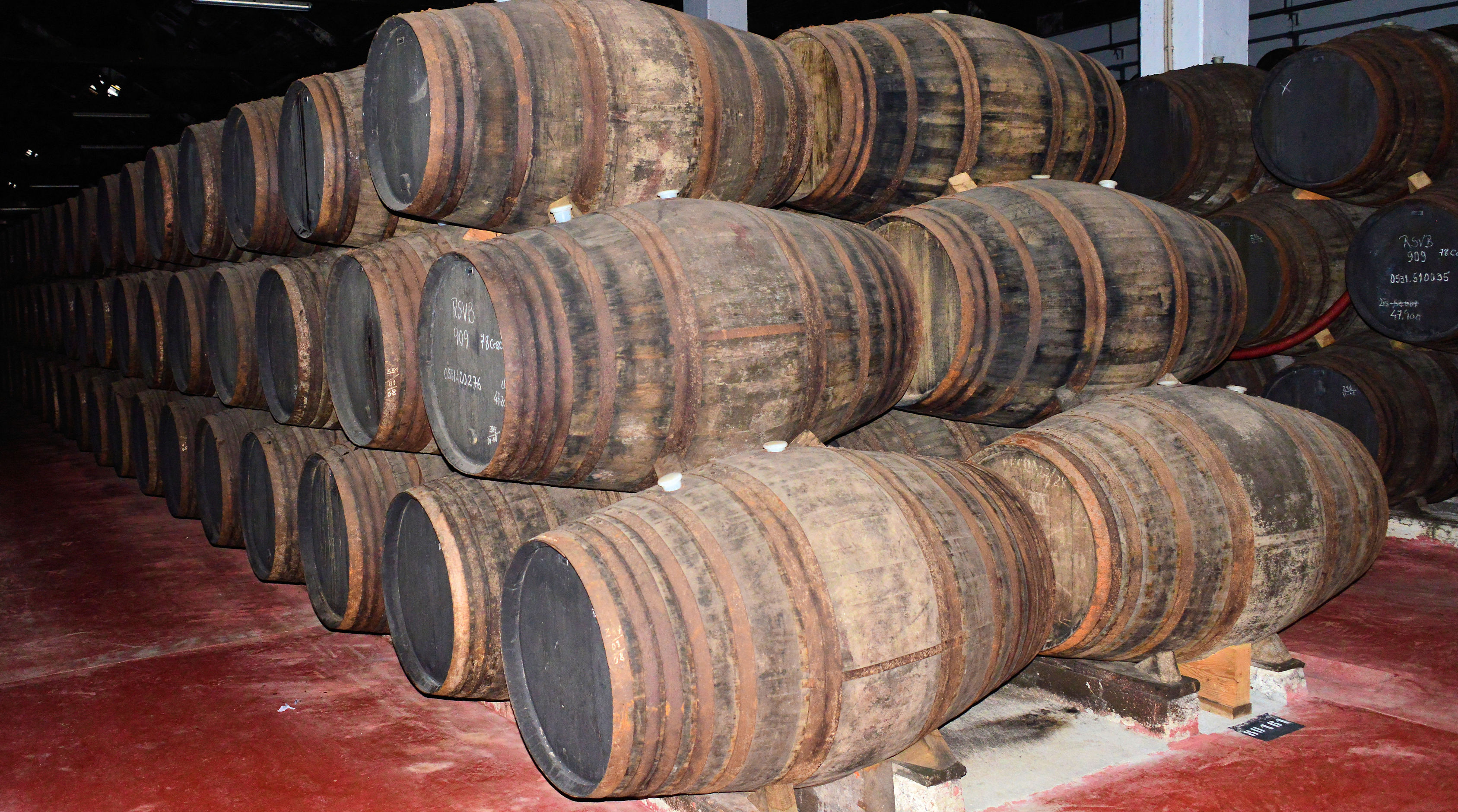This is an amazing and very diverse category. And often misunderstood.
Even people that know a lot of Port Wine do get this often wrong – the number of years on the bottle isn’t the minimum age of the Port… it is also not the average… the number of years is just saying that this wine has all the characteristics of a wine that was 10, 20, 30 or 40 years in a wooden barrel.
These wines are blends, and every Port House uses these blends to create their own, recognizable style. The wine makers use their vast experience and skills to generate every single year a blend that somehow matches the previous blend. That is no small feat.
A 10 year port might have some 7 year old wines but then also some 15 or 18 year old wines in them, to balance the aromas and characteristics of the wine. As it is very easy to compare the 10 year old Tawnies of several shippers, the producers often “cheat” a little bit. They use wines that have matured 1 or 2 years longer than 10 years… so that their wines are more interesting. It’s good for the consumers, as they get better value for their money.
Same of course applies to the 20 year old Ports. The houses are competing against each other and the real winner is the consumer. For me, the “real” Tawnies start with these 20 year old wines. They have already aromas that are very much different developed than the Ruby Ports – butter scotch, caramel, coffee, nuts… all this comes already nicely together. Also here the “20” just means that the wine has to show the characteristics that you would expect from a wine that has been 2 decades in a wooden barrel. In reality the Douro is quite a large region with many micro-climates – and a Tawny that was made from grapes in Regua might be very different from a Tawny with the same age that come from the eastern side of the Douro, like Muxagata. The grapes are more concentrated in the east and it just takes longer for the reddish color to disappear and to be replaced by the brown that we expect from a 20 year old Tawny.

The 30 year old Tawnies are a rare species. There is a huge difference from the 10 to the 20 year category – and not such a notable difference between the 20 and the 30 year old wines. But the 30 year old wines are of course substantially more expensive – and that is why many Port enthusiasts stick to the 20 year old Tawnies.
But then come the 40 year old Tawnies – and wow, what great wines they are. These are for many the pinnacle of Port. Very intense aromas, great color, great nose – just amazing wines. If I could afford it, I would only drink 40 year old Port Wines… whereby the official category name is really “more than 40 years”. The USA have some funny restrictions around imported wines – and no Port Wine bottle can be sold in the USA with the “more than 40 year category”. They all must show only “40 years” on their label.
Well, if a Port producer wants to bottle for example a 70 year old blended wine, he has to chose this category. The price differences in this category can be dramatic – but then you might also get an amazing wine that is more than double as old as the other 40 year old Ports. It is then somehow the job of the marketing department to spread the word that this wine in really 50, 60 or 70 years old so that people buy it, in spite of the large price.
These tawnies have been filtered and don’t develop any further in the bottle – the wine makers bottle them when they are supposed to be at their peak. They will keep their quality for a few years when correctly stored – but they should be drunk within the first few years. That’s why every bottle shows the bottling year.
There are incredible many good wines in this category, and I list here just a few that I personally like a lot:
10 Year Old Tawny: Quinta do Vallado; Portal; Vieira de Sousa
20 Year Old Tawny: Bulas, Taylor’s; Sandeman
30 Year old Tawny: Vista Alegre; Sao Leonardo
40 Year Old Tawny: Casa de Santa Eufemia; Fonseca; Quinta do Noval

